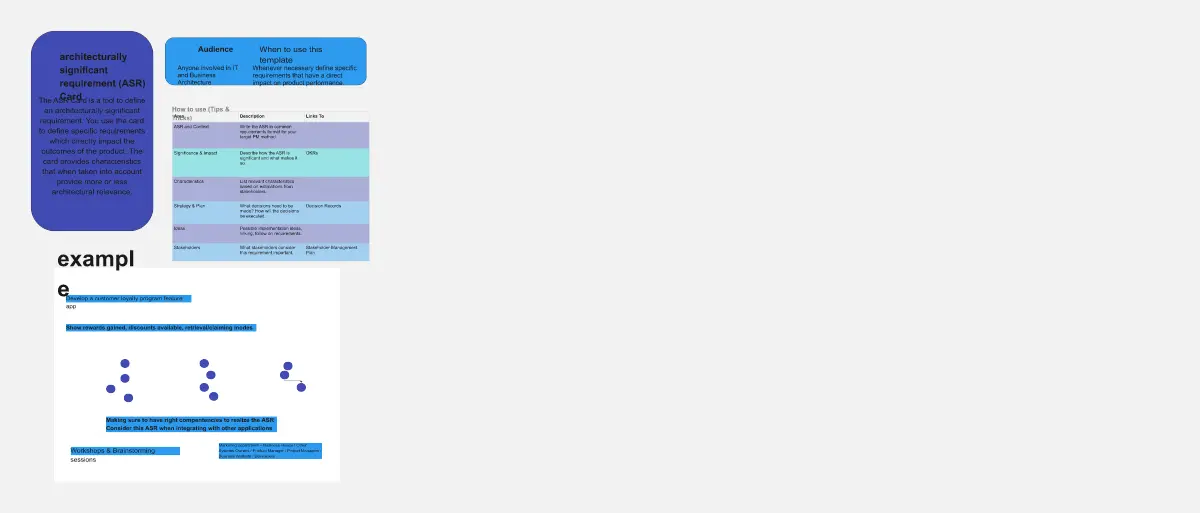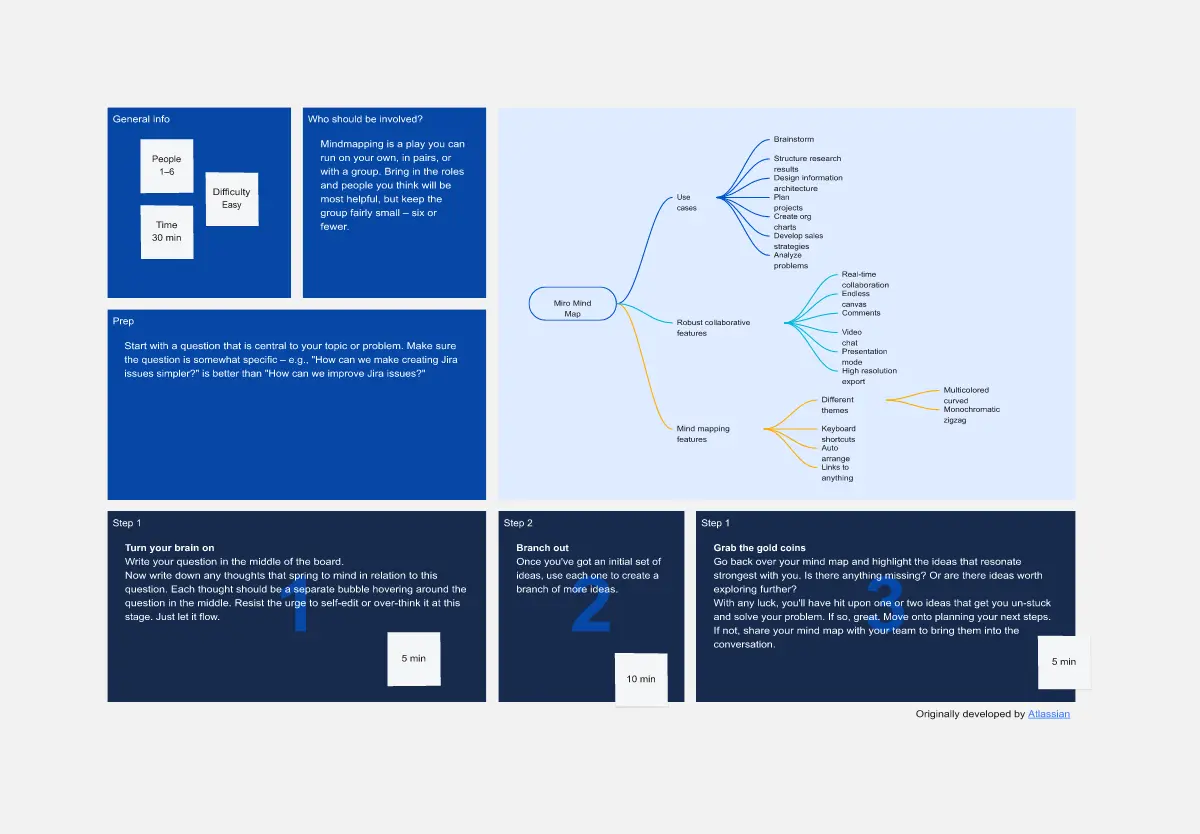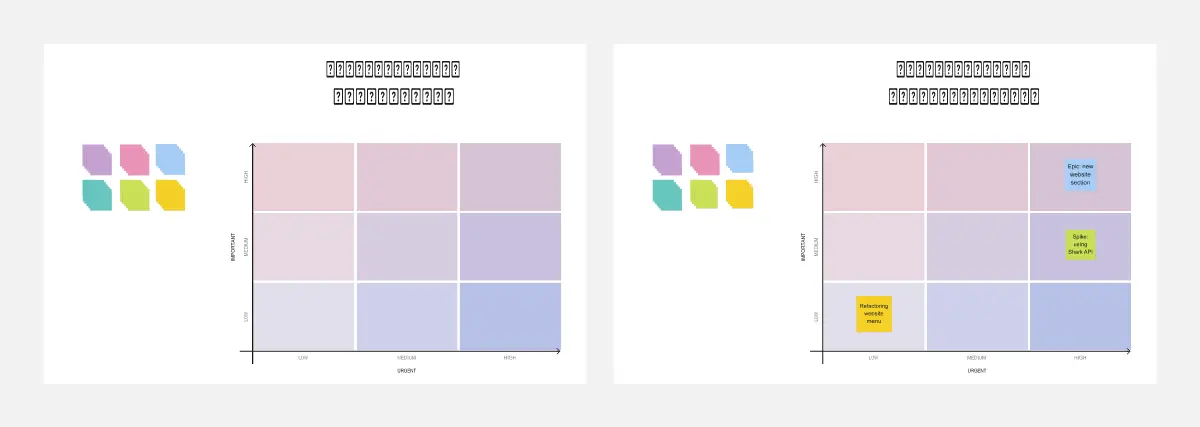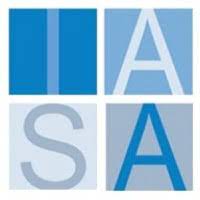IASA - Architecture Decision Record
Canvas Overview: The ADR provides a decision management tool for discrete decisions for traceability to ASR and usage. ADRs are thinking, communication and facilitation tools. This is especially valuable when onboarding new team members or revisiting older architectural choices. The records help prevent teams from accidentally reinventing the wheel and ensure a consistent approach over time. Additionally, by thoughtfully outlining the rationale behind decisions and their potential consequences, ADRs contribute to risk mitigation. They give teams the framework to assess the impacts of changing requirements on the architecture and the potential necessity to backtrack on previous decisions.
Overall, ADRs offer several significant benefits. They foster informed decision-making by providing context for future choices. They contribute to sound architectural governance by creating an easily auditable trail of how and why architectural choices were made. Finally, ADRs streamline collaboration, improve knowledge sharing, and ultimately contribute to better alignment between architectural initiatives and overall business goals.
ADRs are essential for several reasons:
Improved Communication and Transparency: They provide a centralized location to document and share architectural decisions with all stakeholders. This fosters transparency and reduces misunderstandings.
Knowledge Transfer and Learning: ADRs serve as a historical record of past architectural decisions. This information is valuable for new team members and helps prevent re-inventing the wheel.
Traceability and Consistency: ADRs help trace architectural decisions back to business requirements and ensure consistency in architectural approaches over time.
Reduced Risks: By carefully documenting the rationale behind decisions, ADRs help mitigate risks associated with changing architectural direction.
How to use this card
Define the Decision
Title: Concisely state the architectural decision being recorded (e.g., “Adopt Microservices Architecture”).
Date & Version: Record the date the decision was made and any subsequent revisions.
Context: Provide background on the problem or business need the decision addresses. Consider:
What prompted this decision?
What are the relevant business requirements?
What technical or design constraints apply?
Decision: State the chosen solution or approach in clear terms. Use unambiguous language.
Explore and Explain
Consequences: List both positive and negative outcomes of the decision. Think about:
Impact on other parts of the system or architecture
Potential scalability challenges
Trade-offs in security, complexity, or performance
Long-term implications for maintenance or evolution
References: Link to diagrams, code, or supporting documents that provide context.
Document Status and Approvals
Status: Indicate if the decision is active, deprecated, or superseded by other ADRs.
Approver: Identify the person or team authorized to make this architectural decision.
Tips for Effective ADRs
Keep it Concise: Focus on the essentials, avoiding excessive technical jargon.
Collaborative Process: Involve stakeholders in discussions leading to the decision and encourage their feedback before finalizing the ADR.
Version Control: Use a system to track changes and updates to the ADRs over time.
Living Document: Revisit and update ADRs when requirements or the context shift.
Accessible Repository: Store ADRs in a central location for easy reference.
About IASA Global: IASA Global is a non-profit association for ALL Technology Architects which was established in 2002. The association is committed to improving the quality of the BT architecture industry by developing and delivering standards, education programs and developing accreditation programs and services that optimize the development of the architecture profession. The IASA network and membership consists of approximately 70,000 people in over 50 countries.
IASA Global has created the world's first and only Business Technology Architecture Body of Knowledge, (BTABoK), which is a free public archive of Business Technology architecture best practices, skills, and knowledge developed from the experience of individual and corporate members of IASA.
IASA has added templates for over 30 of the most frequently used BTABoK structured canvases into the Miroverse to help accelerate how Technology Architects collaborate on the architecture of the future. Give one a try today, and learn more about IASA at https://iasaglobal.org/.
Categories
Similar templates





